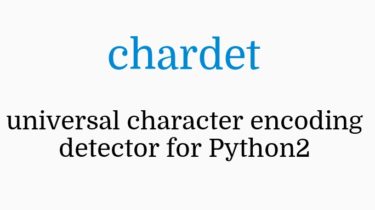Train emoji embeddings based on emoji descriptions
emoji2vec This is my attempt to train, visualize and evaluate emoji embeddings as presented by Ben Eisner, Tim Rocktäschel, Isabelle Augenstein, Matko Bošnjak, and Sebastian Riedel in their paper. Most of their results are used here to build an equivalently robust model in Keras, including the rather simple training process which is solely based on emoji descriptions, but instead of using word2vec (as it was originally proposed) this version uses global vectors. Overview src/ contains the code used to process […]
Read more






